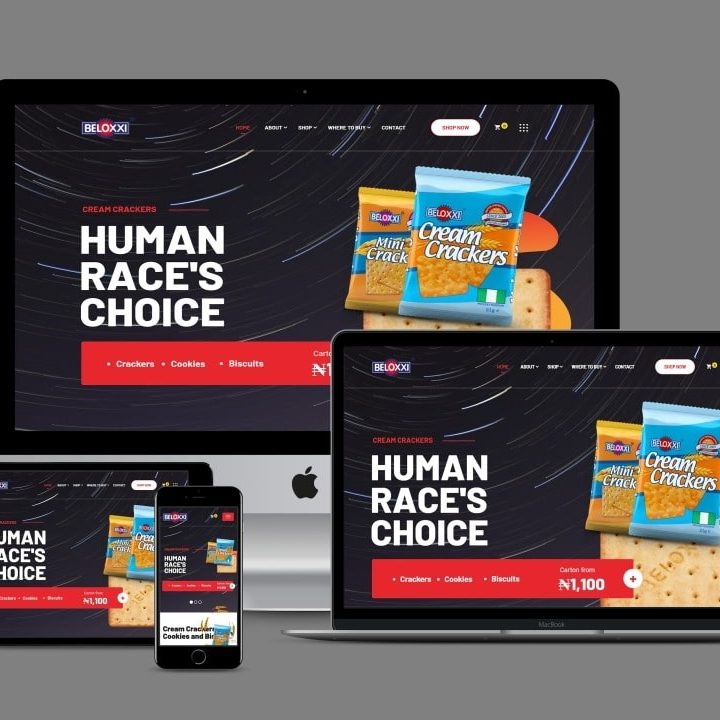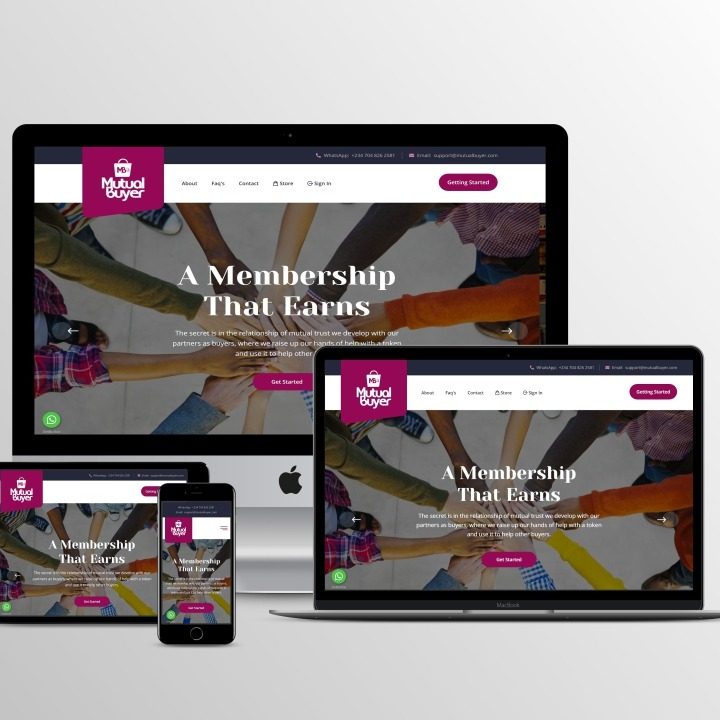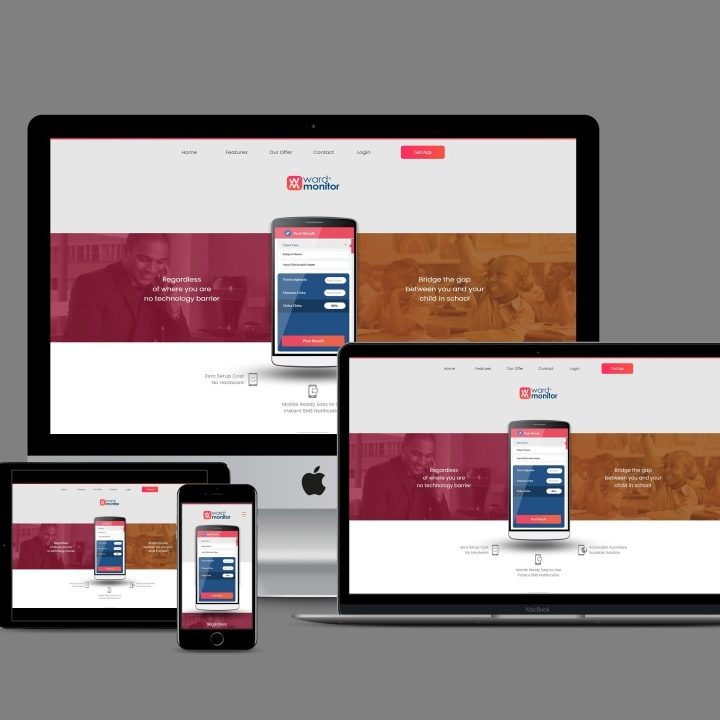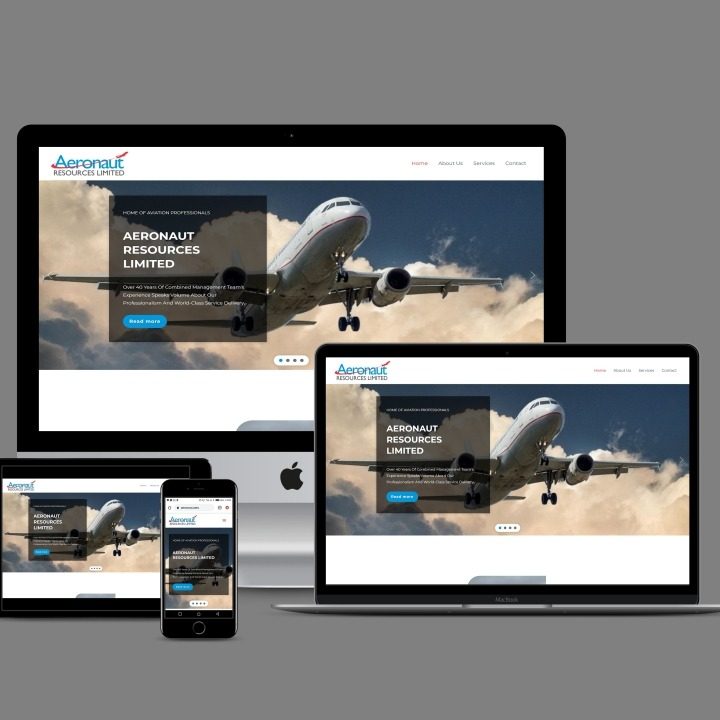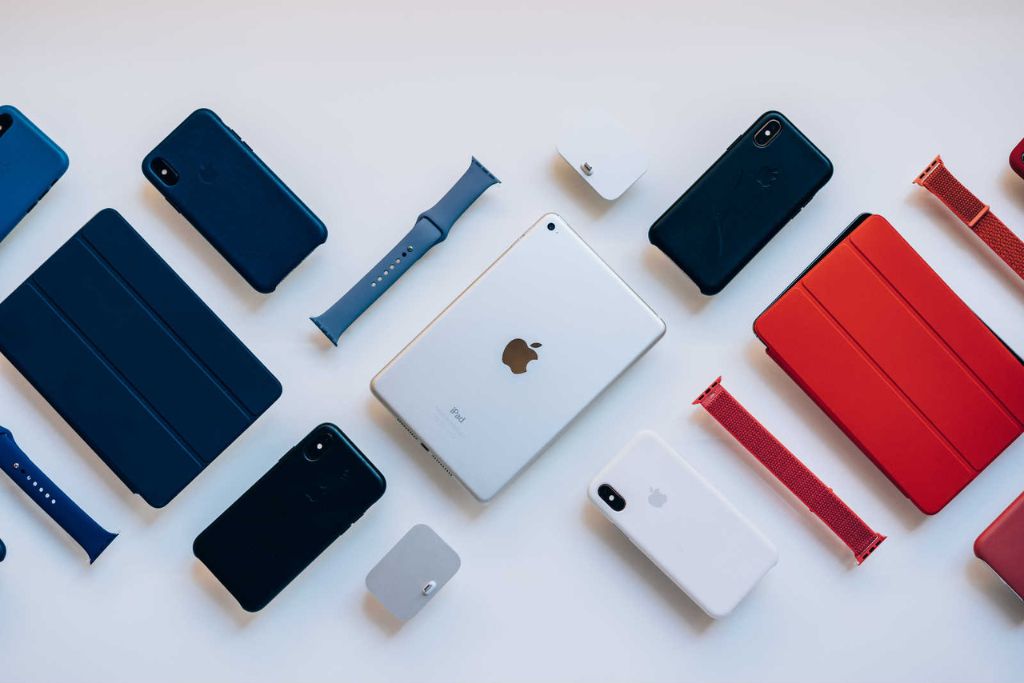iOS, The Technology That Built It
The development of iOS, Apple‘s mobile operating system, involved a combination of hardware and software technologies, as well as a collaborative effort among various engineering and design teams. Here are some key components and technologies involved in building iOS:
(1) Core OS and Kernel
– Darwin: iOS is based on Darwin, an open-source Unix-like operating system derived from NeXTSTEP, BSD Unix, and other technologies developed by Apple.
– XNU Kernel: The XNU (X is Not Unix) kernel is the core component of Darwin. It integrates a Unix-like kernel with components from Mach (a microkernel) and BSD.
(2) Frameworks and APIs
– Cocoa Touch: This framework is derived from macOS’s Cocoa and provides the essential building blocks for developing iOS apps, including the UIKit framework for building user interfaces.
– Core Data, Core Animation, Core Location: These are additional frameworks that provide data management, advanced graphics and animation, and location services, respectively.
(3) Programming Languages
– Objective-C: Originally the primary language for iOS development, it is an object-oriented language that extends C with Smalltalk-style messaging.
– Swift: Introduced by Apple in 2014, Swift is a modern, type-safe programming language designed to be fast and concise, gradually becoming the preferred language for iOS development.
(4) Development Environment
– Xcode: Apple’s integrated development environment (IDE) used for developing iOS applications. It includes tools like Interface Builder, which allows developers to design user interfaces visually.
(5) User Interface Design
– Human Interface Guidelines (HIG): Apple’s guidelines for designing intuitive and consistent user interfaces across iOS devices.
– Storyboards and Auto Layout: Tools within Xcode that help developers create responsive interfaces that adapt to different screen sizes and orientations.
(6) Graphics and Media
– Metal: A low-level, low-overhead hardware-accelerated graphics and compute API designed to maximize the performance of apps.
– Core Graphics, Core Animation: Frameworks that provide 2D rendering and animation capabilities.
(7) Networking and Connectivity
– Core Bluetooth, Core NFC: Frameworks that allow apps to communicate with Bluetooth and NFC-enabled devices.
– URLSession: A set of APIs for handling network requests and responses.
(8) Security and Privacy
– Keychain Services: Provides secure storage for sensitive data like passwords and encryption keys.
– App Sandbox: Each app runs in its own sandbox to limit its access to system resources and user data, enhancing security and privacy.
(9) Testing and Debugging
– Instruments: A performance-analysis and testing tool integrated into Xcode that helps developers profile and debug their apps.
– TestFlight: A service that allows developers to distribute beta versions of their apps to testers before the official release.
(10) App Distribution
– App Store: The platform through which iOS apps are distributed and sold. Developers must adhere to Apple’s guidelines and undergo a review process to have their apps published.
These technologies and tools, combined with a robust ecosystem of developer resources and a strong emphasis on user experience, have contributed to the success and evolution of iOS over the years.
Watch out for our next post on The Technology that built Android.

